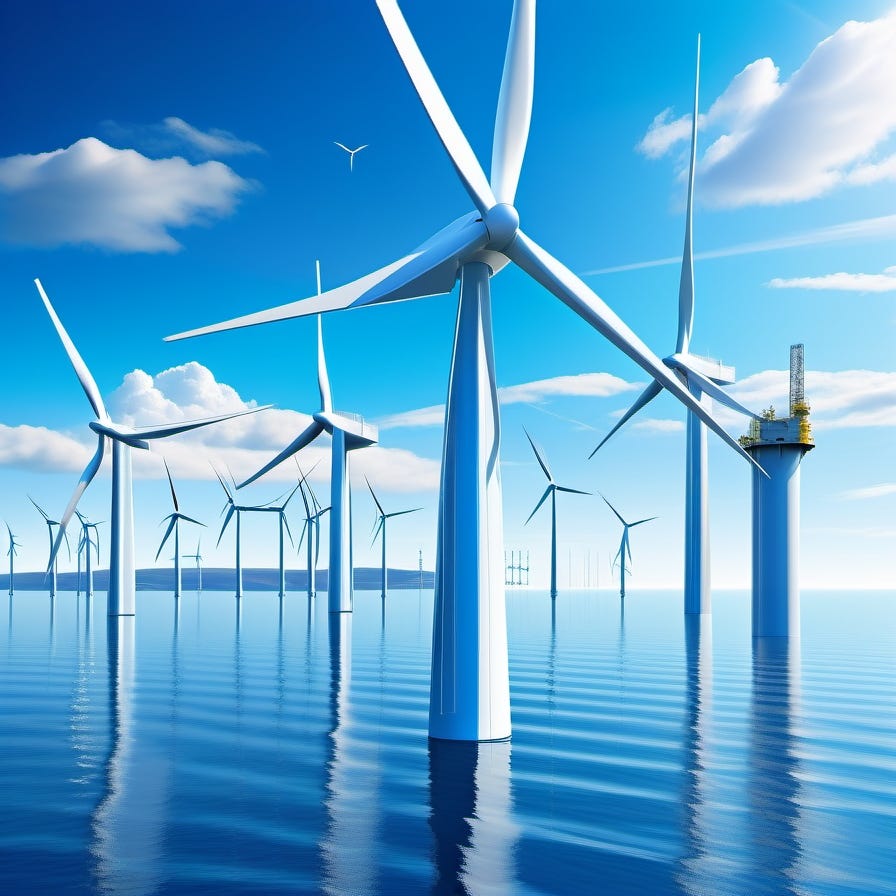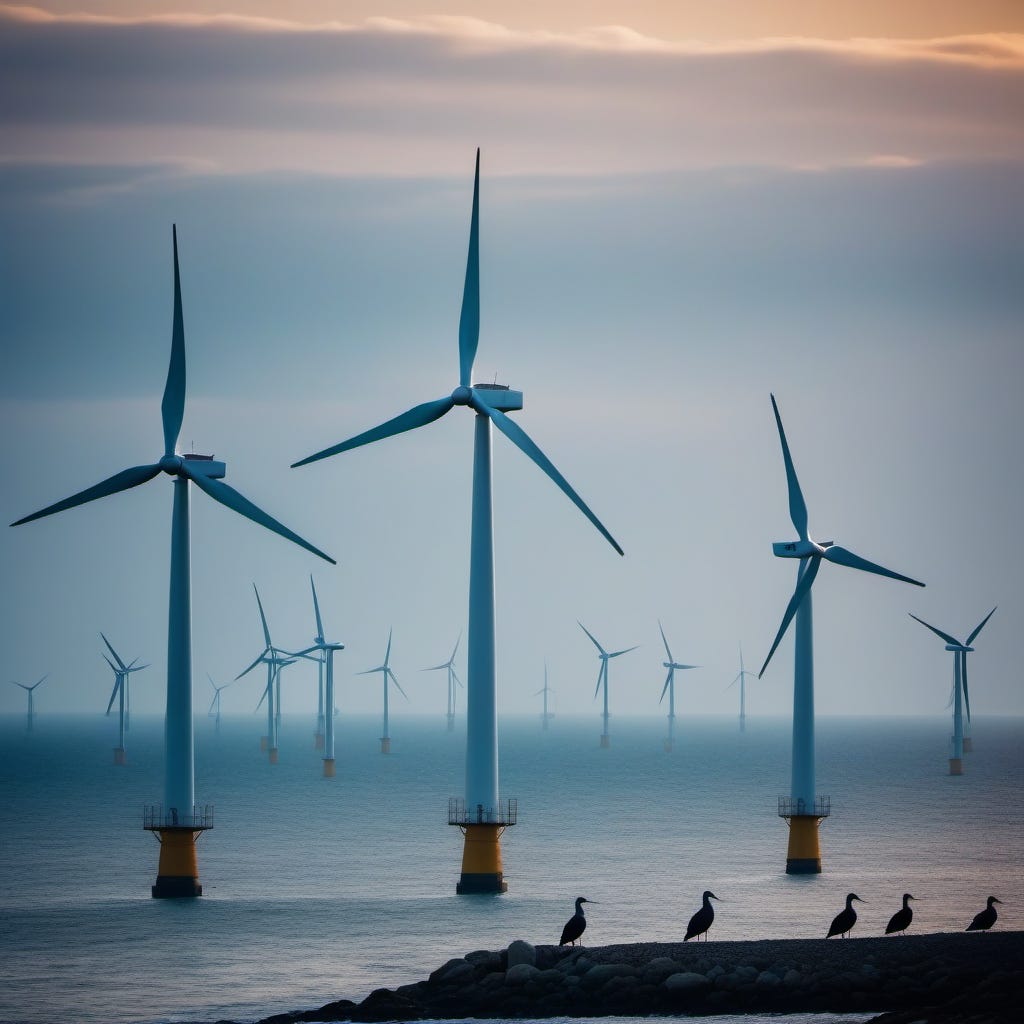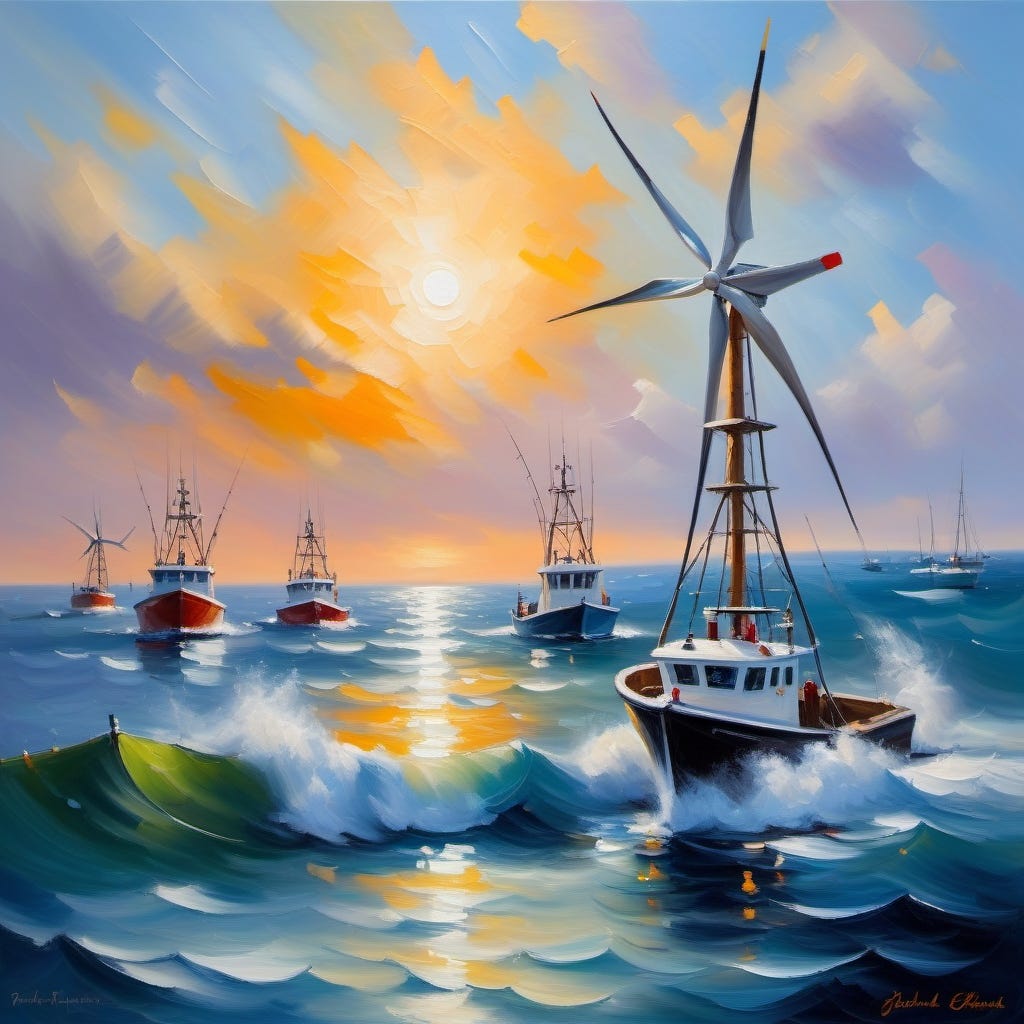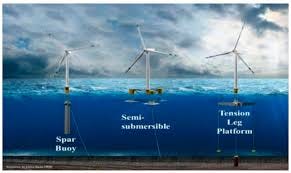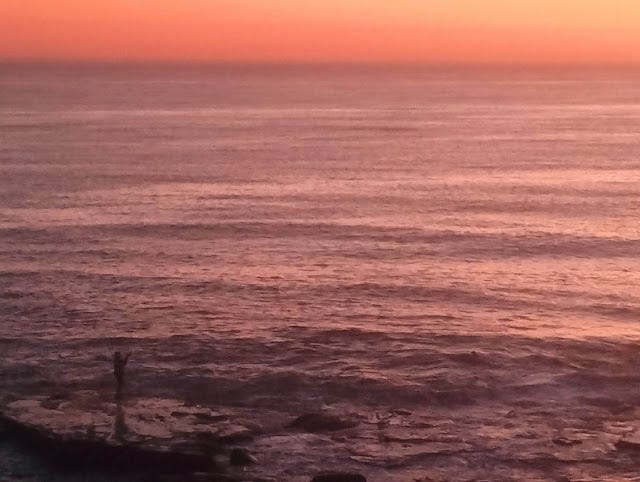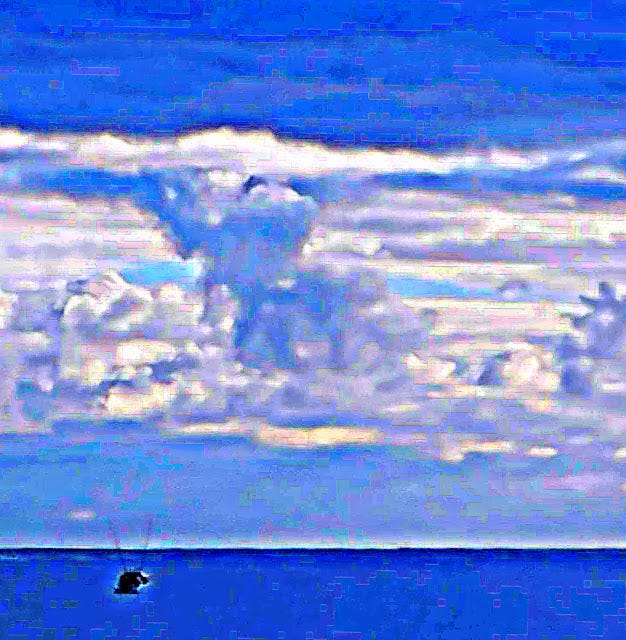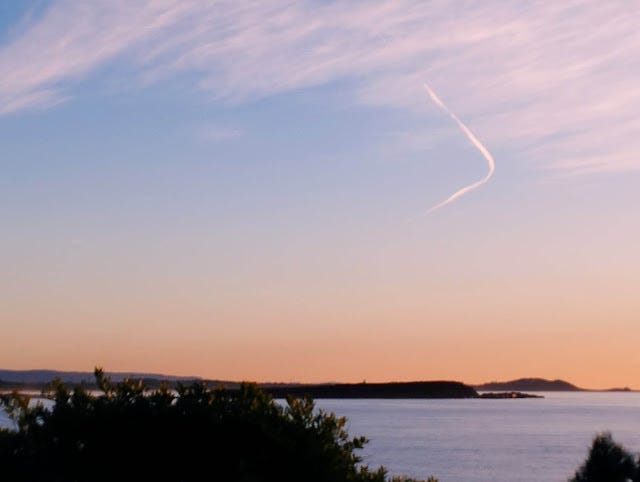Offshore Wind Farms – The Impacts
Bob Baldwin: Australian Fishing Trade Association
Whether it is the sea we fish in or the air we breathe, we all want a much cleaner and healthier environment. AFTA members may have differing opinions on the government’s push towards Net Zero Emissions.
Still, all are unified in opposition to Offshore Wind farms and the detrimental impacts on marine life, fishing, shipping, tourism, defence, and aviation. Issues such as area exclusion zones, noise generation and electromagnetic impulses that affect migration patterns of fish, mammals and sea birds are not to be taken lightly.
The Commonwealth government has begun an expedited role out of proposed Offshore Wind farm leases around Australia. Whether it is the site at Port Stephens/Newcastle/Central Coast NSW, Wollongong/South Coast NSW, Warrnambool in Western Victoria or Wonthaggi and Port Albert in Victoria’s Gippsland region, the Bass Strait off Northern Tasmania, Port MacDonnell, SA, or the Indian Ocean region off Perth/Bunbury in Western Australia all these are of significant concern to all sectors involved in fishing and tourism.
This program commenced under the former Coalition Government and is being finalised under the current Labor Government.
Wind farms are large-scale installations of wind turbines that generate electricity from the power of the wind. These farms can be located on land or offshore, and they harness the natural energy of the wind to provide clean, renewable electricity for homes, businesses, and communities.
Wind farms are becoming increasingly popular as a renewable energy source, as they produce zero emissions once operational; the same cannot be said during the manufacturing or construction process. These turbines are constructed (overseas) relatively quickly and efficiently, creating a one-off economic benefit through local and international construction jobs and some employment with a 20-year life cycle through life support.
Offshore Wind Farms – The Issues
There are many detailed considerations that need to be considered with offshore wind turbines, including localised environmental impacts including Noise Pollution.
The construction and operation of offshore wind turbines generate anthropogenic noise that can affect marine life, such as whales, dolphins, and seals that rely on sounds (echolocation & vocalisation) to communicate and for navigation. These sounds can interfere with marine mammals’ behaviours as it alters their way of communicating, feeding, reproducing, and navigating the oceans. On some occasions, these changes can lead to injury or even death.
Habitat Loss
Installing offshore wind turbines causes natural habitat destruction and displacement of some marine species. Whilst they will establish a new artificial reef system in themselves, this new reef system will impact the natural migration patterns of pelagic species. This structure also presents an opportunity for invasive non-native species to establish and have a harmful environmental influence.
Offshore Wind farms affect the domestic and migratory sea birds that prey on bait schools attracted to the turbine structure to survive. A study by the Conservation Action Lab, UC Santa Cruz, identified that seabirds are the most highly threatened group of birds. The potential impacts of offshore wind farms include the displacement of birds from areas where they forage for food and direct mortality from collisions with wind turbine blades. Both displacement and mortality can have detrimental effects on the overall population of an affected species.
Visual Impacts and Collision Risk
Standing at a height of 300m, these offshore windfarms will alter the coastline’s scenic beauty, affecting tourism, recreation and local economies.
Offshore wind turbines also pose a collision risk, not only to seabirds, which can negatively impact local ecosystems but also represent a major navigational hazard for cargo vessels.
The proposed areas off the east coast of NSW are high-level demurrage areas whilst vessels wait to enter the high-volume ports of Newcastle, Botany & Port Kembla. This area also experiences a major East Coast low during May – July.
This East Coast Low has seen the beaching of the Sigma, the Pasha Bulka and the major container spill off the YM Efficiency. To consider that they would have to navigate around these large-scale area farms is an unacceptable potential threat. There is also the potential that the ferocity of the east coast lows could damage the turbine blades.
Underwater Disturbance
The construction and installation of offshore wind turbines will cause a significant underwater disturbance, affecting marine species’ behaviour and migration patterns.
During operation, the wind turbines emit an electromagnetic field that interferes with the ocean’s natural electromagnetic fields. Fish and mammals use these electromagnetic fields as their natural magnetic compass to navigate the underwater environment to search for food, communicate, stay orientated and migrate, locate resources and predators, etc.
Studies in the UK have revealed that Offshore Windfarms have wreaked havoc on fish spawning grounds and that the power cables that connect offshore wind turbines are mesmerising crabs and causing biological harm that affects their ability to migrate and breed; the same phenomenon has just been identified in lobsters.
Consideration must be given to the design and location to minimise the environmental impact. Further community consultation and localised ecological impact assessments must be undertaken with local communities, fishers, stakeholders, tourism operators and wildlife conservationists to ensure and undertake the potential impacts.
Once these turbines and infrastructure are in place, there is no realistic opportunity to address any below-water, negative environmental impacts.
Impacts on Fishing
Whether it is the commercial or recreational fishing sector, all will be impacted by the introduction of offshore wind farms. The sheer scale and resultant exclusion zones of wind farms across key fishing areas will severely impact the viability of both sectors.
With the exclusion of fishing activity, both recreational and commercial in the affected areas by the offshore wind farms will have a triple-bottom-line effect. The economic, social and environmental consequences for the recreational fishermen, the commercial fishing industry, the coastal communities that depend on this sector, and society, in general, will be negatively impacted. In addition, the cables’ sounds, vibration, and electromagnetic fields can impact captures.
Besides taking away prime fishing grounds through exclusion zones, the wind turbine structures will become large-scale full-time floating artificial reef structures, each creating a whole new marine ecosystem system based around each wind turbine underwater structure. The number of structures planned will naturally draw baitfish and, as a result, draw target species away from permissible fishing areas. These will also compete with and overtake the benefits of any seasonal Fish Attraction Devices (FADs); they will alter the migration pattern of schooling baitfish, which in turn will alter the pattern of the pelagic species that follow.
Whilst this is a national issue, the impact in the proposed area for the Hunter-Central Coast offshore wind farm, for example, covers the prime regions for pelagic sports fishing, predominately Marlin, Tuna, Dolphin Fish & Sharks. Renown locations such as “The Carpark”, “Allmark”, “Newcastle Canyons”, “Norah Head Canyons”, and other prime areas will all be affected through exclusion zones.
There is no doubt that the tourism-reliant economy of Port Stephens will be directly impacted. Port Stephens is the original home of Game Fishing; it is “where it all began” in Australia. The Exclusions zones will jeopardise the game fishing participation rate; as a result, this will directly impact the viability of the “Billfish Shoot-Out, the NSW Interclub Championship, and other smaller tournaments, all contributing heavily to the local tourism-based economy.
This impact will be replicated at every proposed location around the Australian coastline.
Marine Life
The whale and dolphin watch tourism sector depends on a clean and unaffected marine environment free from all forms of pollution. That whales will be impacted by the noise and structures in clearly defined transit highways is of extreme concern. Only in the past 30 years have we seen a solid recovery of the whale population transiting these seasonal migration highways, and their survival should not be taken as a given.
Offshore wind farms are known to have detrimental impacts on marine life, including whales, dolphins, and seals, and these are common in all proposed locations. The construction and operation of wind turbines create noise pollution, which can interfere with the communication and navigation abilities of whales and other marine mammals, leading to changes in their behaviour and migration patterns and potentially harming their population over time.
An article in the Daily Sentinel (2016) reported that near the world’s largest concentration of offshore wind farms in the North Sea and the English Channel, researchers documented dozens of beached whales — and they are reaching alarming conclusions about the relationship between whale deaths and wind farms. They cite ample evidence that noise from the machines interferes with whale communication and navigation, sometimes with deadly results. In one month, 29 otherwise healthy sperm whales (an endangered species) were stranded and died on English, German and Dutch beaches.
The east and west coast whale population migration is through the proposed site locations. Locating offshore wind farms in areas less frequented by whales and other marine life can reduce the negative impact on marine life. By working to minimise the impacts, it can ensure that wind power is harnessed in an environmentally responsible way.
Defence Issues
Offshore windfarms pose several defence issues, primarily related to their potential impact on military operations and national security. For example, the proposed locations along the NSW East Coast are high-level defence installation and operational training areas for all three services and present high-level risks that must be considered.
These include:
Interference with radar systems:
Wind Turbines interfere with radar signals, potentially making detecting aircraft, missiles, or ships difficult. This issue is exacerbated given the proposed proximity to defence installations. For example, due to the Russia/Ukraine conflict, Finland has ruled out more offshore wind farms. They distract radar operations by creating shadow zones, interfering with reflections making regional surveillance difficult.
Impact on low-level flight operations:
At the height of 300m, offshore wind turbines threaten low-level flights for both military and commercial operations affecting flight approaches to airport runways.
From a military perspective, this will also hamper localised aerial surveillance and reconnaissance missions, fighter weapons range operations, and air combat flight training. This is important all along Australia’s expansive coastlines and extensive maritime borders.
Potential for sabotage or attack:
Offshore wind farms are vulnerable to attacks by terrorists or hostile nations. A successful attack could disable the entire energy generation system, disrupting the power supply and causing widespread damage to infrastructure.
Navigation hazards:
Offshore wind turbines create major navigational hazards for military vessels, increasing the risk of accidents and collisions.
National security risk
The proposed offshore wind farm metallic structures will generally be anchored floating structures, thus providing a near-perfect hiding space for foreign crewed or uncrewed submarines. In intelligence gathering or positioning for potential strike action, these vessels will not be able to be detected or identified by either soundings or acoustic or magnetic signals due to the structure and materials of the wind turbine tower.
Given that the government has yet to decide the location of the east coast AUKUS nuclear submarine base, but Newcastle and Port Kembla are considered, this is an unacceptable threat situation. It must be noted that the proposed locations for both the Hunter/Central Coast and South Coast are both flight, submarine, and surface naval exercise training grounds. RAAF aircraft will be restricted in operational low-flying manoeuvres and weapons range approaches. For submarines, the presence of underwater structures such as turbine foundations and cables will be an issue. These structures will pose a risk to submarine navigation and detection with sonar.
Other countries address this with large area exclusion zones, which is not acceptable in these areas.
I acknowledge, yet disagree with, the Newcastle Herald article (14 Feb 2023) stating, “The Department of Defence has given the green light to the proposed Hunter offshore project after initially raising concerns about its potential to impact RAAF Williamtown operations. “
To address these issues, government and industry stakeholders must undertake joint studies on the potential impacts of wind farms on military operations and national security implications.





